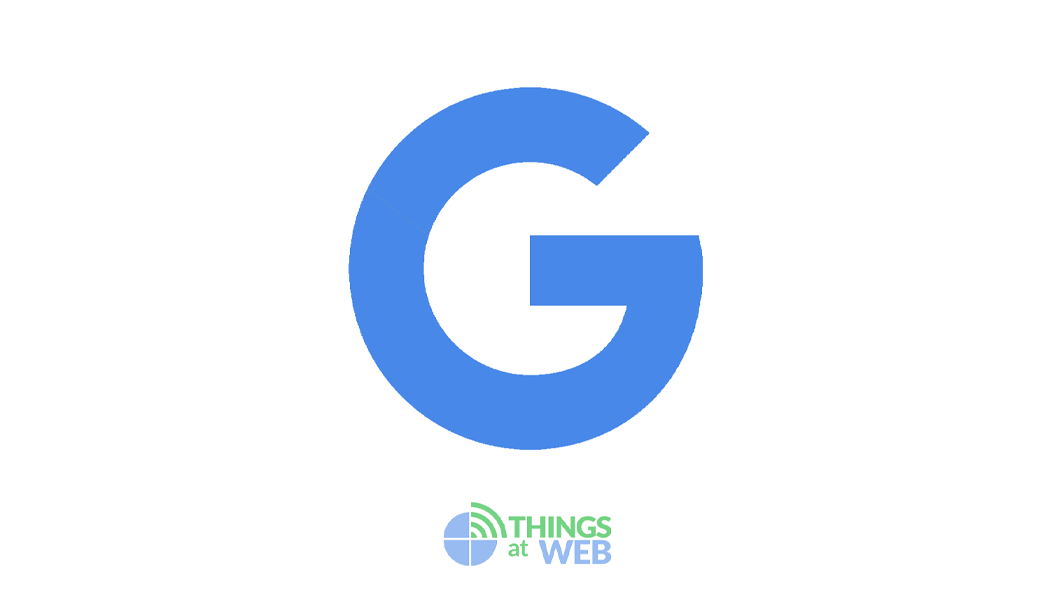SEO stands for search engine optimization. The goal of SEO is to expand a company’s visibility in organic search results. As a result, these efforts drive more visitors to the company’s website, increasing their chances for more conversions which leads to more customers and more revenue.
Impact Plus reported that 61% of marketers named SEO as a top marketing priority in 2021. And so, it’s a cold, harsh truth that without at least some presence on Google, your business faces a digital uphill battle. In this guide, you’ll discover a strategy to build your online presence — Search Engine Optimization (SEO). You’ll learn what SEO is, how it works, and what you must do to position your site in search engine results.

Seo for websites google
When asked to explain what SEO is, I often choose to call it a strategy to ensure that when someone Googles your product or service category, they find your website.
There are a ton of ways to improve the SEO of your site pages. Search engines look for elements including title tags, keywords, image tags, internal link structure, and inbound links (also known as backlinks). Search engines also look at site structure and design, visitor behavior, and other external, off-site factors to determine how highly ranked your site should be in their SERPs.
With all of these factors taken into account, SEO primarily drives two things — rankings and visibility.
How Does SEO Work?
SEO works by optimizing a website’s content, conducting keyword research, and earning inbound links to increase that content’s ranking and the website’s visibility. While you can generally see results take effect on the SERP once the webpage has been crawled and indexed by a search engine, SEO efforts can take months to fully materialize.
Rankings
This is what search engines use to determine where to place a particular web page in the SERP. Rankings start at position number zero through the final number of search engine results for the query, and a web page can rank for one position at a time. As time passes, a web page’s ranking might change due to age, competition in the SERP, or algorithm changes by the search engine itself.
Visibility
This term describes how prominent a particular domain is in the search engine results. Lower search visibility occurs when a domain isn’t visible for many relevant search queries whereas with higher search visibility, the opposite is true.
Both are responsible for delivering the main SEO objectives – traffic and domain authority.
What’s the importance of SEO?
Why do seo? Four benefits of SEO in 2022
There is one more important reason why you should be using SEO: The strategy virtually helps you position your brand throughout the entire buying journey.
In turn, SEO can ensure that your marketing strategies match the new buying behavior.
Because, as Google admitted, customer behavior has changed for good.
As of June 2021, 92% of internet searches happen on a Google property.
What’s more, they prefer going through the majority of the buying process on their own.
For example, Ststista found that 60% of people research a brand online before making a purchase. What’s more, this process has never been more complicated.
Finally, DemandGen’s 2022 B2B Buyer’s Survey found that 67% of B2B buyers start the buying process with a broad web search.
But how do they use search engines during the process?
Early in the process, they use Google to find information about their problem. Some also inquire about potential solutions.
Then, they evaluate available alternatives based on reviews or social media hype before inquiring with a company. But this happens after they’ve exhausted all information sources.
And so, the only chance for customers to notice and consider you is by showing up in their search results.
Featured Resource
22 SEO Myths to Leave Behind This Year
How does Google know how to rank a page?
Search engines have a single goal only. They aim to provide users with the most relevant answers or information.
Every time you use them, their algorithms choose pages that are the most relevant to your query. And then, rank them, displaying the most authoritative or popular ones first.
To deliver the right information to users, search engines analyze two factors:
Relevancy between the search query and the content on a page. Search engines assess it by various factors like topic or keywords.
Authority, which is measured by a website’s popularity on the Internet. Google assumes that the more popular a page or resource is, the more valuable its content is to readers.
And to analyze all this information they use complex equations called search algorithms.
Search engines keep their algorithms secret. But over time, SEOs have identified some of the factors they consider when ranking a page. We refer to them as ranking factors, and they are the focus of an SEO strategy.
When determining relevance and authority, following the E-A-T framework can help tremendously. E-A-T in SEO stands for “expertise”, authoritativeness”, and “trustworthiness”. And although these are not direct ranking factors, they can improve your SEO content which can impact direct ranking factors.
As you’ll shortly see, adding more content, optimizing image filenames, or improving internal links can affect your rankings and search visibility. And that’s because each of those actions improves a ranking factor.

Three Core Components of a Strong SEO Strategy
To optimize a site, you need to improve ranking factors in three areas — technical website setup, content, and links. So, let’s go through them in turn.
1. Technical Setup
For your website to rank, three things must happen:
First, a search engine needs to find your pages on the web.
Then, it must scan them to understand their topics and identify their keywords.
And finally, it needs to add them to its index — a database of all the content it has found on the web. This way, its algorithm can consider displaying your website for relevant queries.
Seems simple, doesn’t it? Certainly, nothing to worry about. After all, since you can visit your site without any problem, so should Google, right?
Unfortunately, there is a catch. A web page looks different for you and the search engine. You see it as a collection of graphics, colors, text with its formatting, and links.
To a search engine, it’s nothing but text.
As a result, any elements it cannot render this way remain invisible to the search engine. And so, in spite of your website looking fine to you, Google might find its content inaccessible.
Let me show you an example. Here’s how a typical search engine sees one of our articles. It’s this one, by the way, if you want to compare it with the original.
The ultimate guide to marketing statistics in 2021 as a plain text version of the site that Google sees when crawling the site for SEO
Notice some things about it:
The page is just text. Although we carefully designed it, the only elements a search engine sees are text and links.
As a result, it cannot see an image on the page (note the element marked with an arrow.) It only recognizes its name. If that image contained an important keyword we’d want the page to rank for, it would be invisible to the search engine.
That’s where technical setup, also called on-site optimization, comes in. It ensures that your website and pages allow Google to scan and index them without any problems. The most important factors affecting it include:
Website navigation and links
Search engines crawl sites just like you would. They follow links. Search engine crawlers land on a page and use links to find other content to analyze. But as you’ve seen above, they cannot see images. So, set the navigation and links as text-only.
Simple URL structure
Search engines don’t like reading lengthy strings of words with complex structure. So, if possible, keep your URLs short. Set them up to include as little beyond the main keyword for which you want to optimize the page, as possible.
Page speed
Search engines use the load time — the time it takes for a user to be able to read the page — as an indicator of quality. Many website elements can affect it. Image size, for example. Use Google’s Page Speed Insights Tool for suggestions on how to improve your pages.
Dead links or broken redirects
A dead link sends a visitor to a nonexistent page. A broken redirect points to a resource that might no longer be there. Both provide poor user experience but also, prevent search engines from indexing your content.
Sitemap and Robots.txt files
A sitemap is a simple file that lists all URLs on your site. Search engines use it to identify what pages to crawl and index. A robots.txt file, on the other hand, tells search engines what content not to index (for example, specific policy pages you don’t want to appear in search.) Create both to speed up crawling and indexing of your content.
Duplicate content
Pages containing identical or quite similar content confuse search engines. They often find it to be nearly impossible to display any of those pages at all. If search engines do find them, your website can be penalized. For that reason, search engines consider duplicate content as a negative factor.
Featured Resource
How to Conduct a Technical SEO Audit
2. Content
Every time you use a search engine, you’re looking for content — information on a particular issue or problem, for example.
True, this content might come in different formats. It could be text, like a blog post or a web page. But it could also be a video, product recommendation, and even a business listing.
It’s all content.
And for SEO, it’s what helps gain greater search visibility.
Here are two reasons why:
First, content is what customers want when searching. Regardless of what they’re looking for, it’s content that provides it. And the more of it you publish, the higher your chance for greater search visibility.